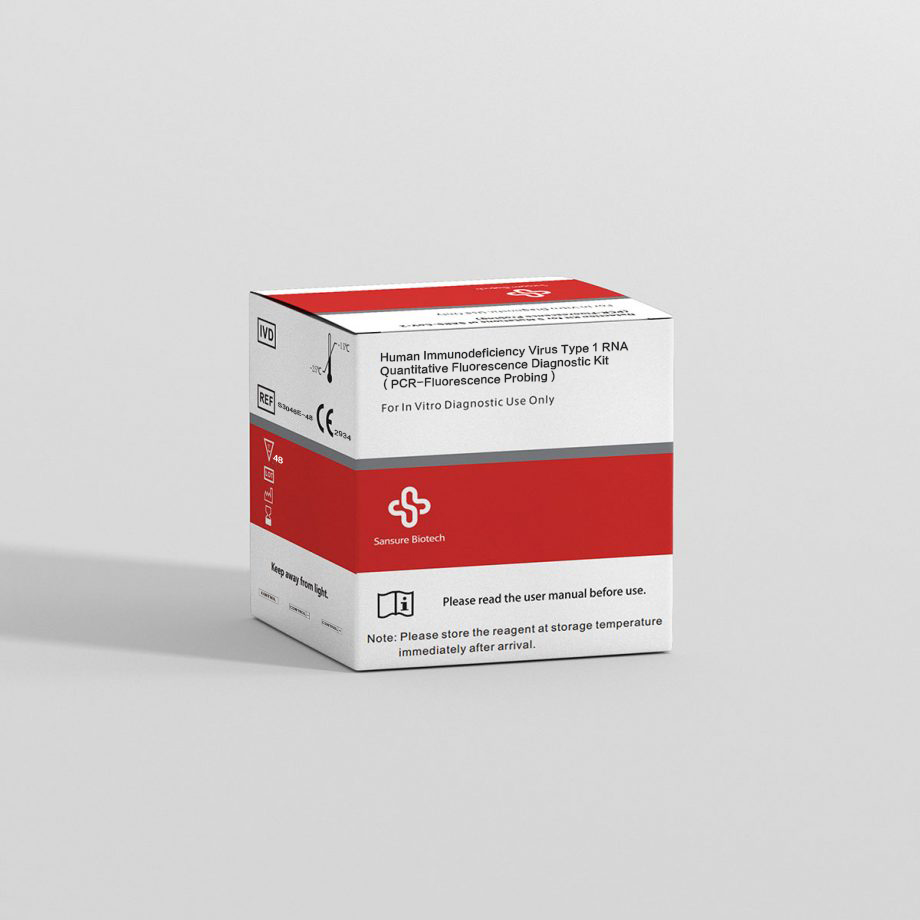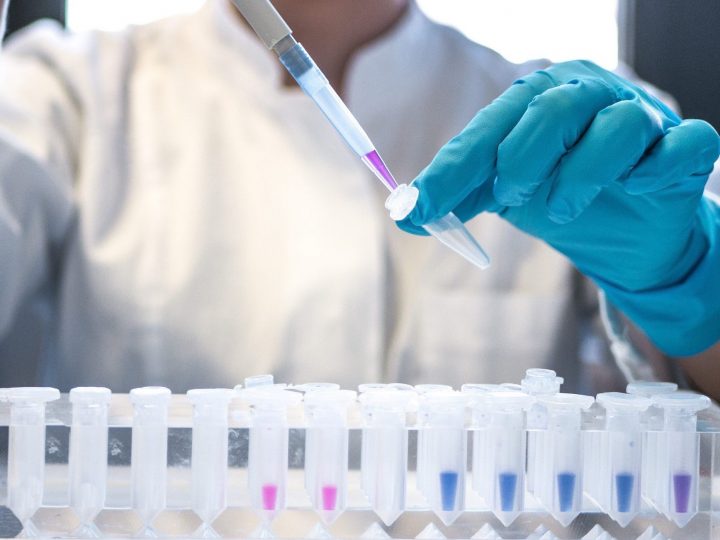Antibody Test vs. Antigen/Antibody Test vs. Nucleic Acid Test, Which’s the Best for HIV Detection?
 Human immunodeficiency virus, also known as HIV, is a virus that targets the body’s immune system, and even leads to AIDS (acquired immunodeficiency syndrome) if not if not treated early and properly. One can take several measures to prevent it (avoid sharing the same needles or syringes with others, wear a condom during sex, etc.), yet once they are infected with HIV, no effective cure is available currently.
Human immunodeficiency virus, also known as HIV, is a virus that targets the body’s immune system, and even leads to AIDS (acquired immunodeficiency syndrome) if not if not treated early and properly. One can take several measures to prevent it (avoid sharing the same needles or syringes with others, wear a condom during sex, etc.), yet once they are infected with HIV, no effective cure is available currently.
Worse is, a set of risk factors are making some more vulnerable to HIV infection:
- Sex partner infected with HIV
- Had more than one sex partner since the last HIV detection
- Shared needles, syringes, or other injection equipment
- Diagnosed with another STD (sexually transmitted disease)
- Diagnosed with hepatitis or tuberculosis (TB)
With that being said, with effective HIV treatment and timely medical care, patients infected with HIV can still live long, healthy lives, as long as they are aware of their medical and physical status. If you are between 13 and 64 years old, get HIV tested at least once. If you happen to have one or more of certain risk factors mentioned above, you should get HIV test at least once a year [1].
What is Antibody, Antigen and Nucleic Acid Test Exactly
Antibody tests, antigen/antibody tests, and nucleic acid tests (NAT) are three types of HIV tests currently available. Before we jump to the tests themselves, let’s get it straight what antibody, antigen and nucleic acid are, respectively.
When exposed to HIV and other viruses, antibodies are produced by your immune system, activated by foreign substances called antigens. That is what an antigen test target. Meanwhile, a nucleic acid test detects a particular nucleic acid sequence that can identify a particular species or subspecies of the organism, often a virus acting as a pathogen in blood, tissue, urine, etc.
Where and How Does Each Test Take the Samples?
HIV tests are usually performed on blood, or oral fluid, or occasionally, urine. All of the three tests can be done with blood drawn from a vein. Just as their names suggest, an antibody test detects antibodies to HIV in your blood, while an antigen test for antigens in blood or oral fluid.
A NAT, on the other hand, detects the actual virus in the blood, and tells not just the fact if a person has HIV or not, but also how much virus is present in the blood. Given its accuracy, a NAT test is good for people who have been exposed or could have been exposed, and develop HIV early symptoms, or those who have tested negative with an antibody or antigen/antibody test.
Result Delivered Time
Different types of HIV tests deliver results at different speeds:
- Most of the rapid tests and self-tests are antibody tests, and the results are delivered within 20 minutes.
- The rapid antigen test takes 30 minutes or less, if it is done with blood from a finger stick.
- NAT or antigen/antibody lab test takes the longest, as it takes several hours to several days to learn the results, mostly depending on the NAT frequency of the lab.
Please note that no HIV test detects HIV immediately after infection, due to the existence of the window period. However, with the shortest window period, NAT detects HIV the fastest.

Sansure’s Human Immunodeficiency Virus Type 1 RNA Quantitative Fluorescence Diagnostic Kit
S3046E HIV-1 – Human Immunodeficiency Virus Type 1 RNA Quantitative Fluorescence Diagnostic Kit is an HIV detection kit that tests the HIV-1 virus RNA in human EDTA plasma specimens. Earning a CE certificate, this HIV test kit aims at preventing and controlling AIDS worldwide, with the following features:
- Patented Modified-Capture Probe Assay
Through exclusive modified super-paramagnetic nano-beads, this test kit can absorb RNA in the sample. Not only is it heating-free, minimizing aerosol contamination, but also combines inorganic and organic solutions, reducing handling steps and RNA loss;
- Dual Target
LTR and GAG gene regions are selected as targets for HIV detection to avoid missed detection, which can improve detection efficiency.
- Sensitivity
With its sensitivity reaching 25 IU/mL, this HIV detection kit meets HIV-1 infection clinic guidelines.
Words in the End
Testing is the first step of HIV prevention. The sooner people get HIV treatment after HIV detection, the more people can benefit from early treatment.
So, get HIV detection, and don’t let HIV remain undiagnosed!
References:
[1] HIV Testing
Available at: https://www.cdc.gov/hiv/testing/index.html





